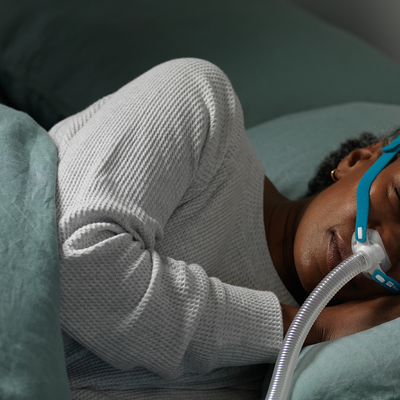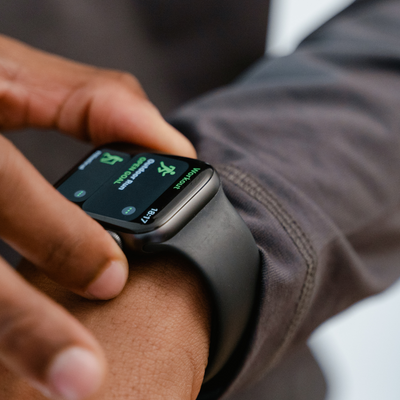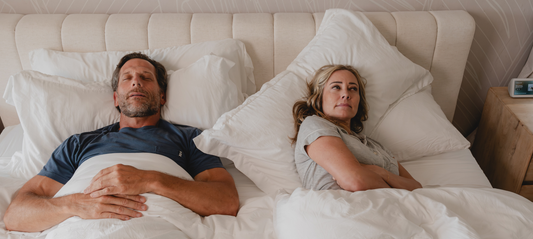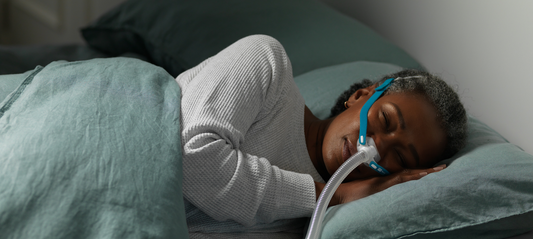Updated June 2022
It’s been well documented that treating sleep apnea through CPAP therapy leads to improved health outcomes and quality of life.
Unfortunately, it’s also well documented that sticking with therapy can be challenging. Most industry estimates suggest that compliance during the first year is about 50%.
So, how do you change the odds? Here are some best practices Lofta recommends to clients who are new to CPAP therapy that we’ve found to help outcomes:
1) Get the right mask
If you can use a nasal mask, studies have found that nasal masks lead to higher compliance rates than full-face masks when properly fit [3]. That said, if you need a full-face mask (mouth breathing, nasal congestion, etc), you’ll just need to take your time to get comfortable in the mask. The primary driver of lower compliance rates were complaints about feelings of claustrophobia (see tip 2!).
Take your time and measure your face carefully. Getting a mask that fits right the first time has been shown in a study to lead to 7x higher compliance than people that have to switch masks after starting therapy [2].
2) Get used to your mask before you try sleeping
Being comfortable in your mask is key. We advise new clients to spend some relaxing, non-sleeping time in their mask before starting CPAP therapy. Read a book, watch some TV, just get comfortable with the mask before you try to sleep with it.
3) Be patient and keep making progress
CPAP therapy is a marathon, not a sprint. Having good outcomes in the first week has been shown to help long-term compliance, so give it your best effort, but it’s OK to start with a few hours and work to increase your usage time. One thing that won’t help outcomes is anxiety about therapy.
Like any changes to habits, it can take time to train your body. CPAP therapy is no exception, so be patient with yourself and focus on daily and weekly progress instead of focusing on perfection.
IMPORTANT: For the first week or even the first few months, CPAP therapy can be a difficult adjustment. Give yourself time to adjust. If you've adjusted your mask several times or tried new sleeping positions or simply aren't yet used to a mask, give yourself the night off. Trying to force the action may just result in giving up too early and stopping therapy altogether.
4) Humidification helps
One of the most common complaints of new CPAP users is dry mouth and nose during the night. Humidification can lessen or eliminate this problem. Even better than standard humidification is heated humidification -- a 2004 study showed improved compliance rates overall for those using heated humidification to start CPAP therapy [1].
5) Support and Follow up
Support matters. Having someone you can ask questions or look for tips will help. This is new and you’ll need some advice along the way. Also, knowing that someone will follow up with you may help compliance. Whether you get support through a program like the Lofta Right Start Therapy Support program, a peer group, or an online community like Reddit, getting support along the way will help improve outcomes.
CPAP therapy can improve lives. Starting with the right mask, the right attitude, the right equipment, and the right support will dramatically improve your chances of success.
-----
Sources
[2] – Bachour, A., Vitikainen, P. and Maasilta, P. Rates of initial acceptance of PAP masks and outcomes of mask switching. Sleep Breath, 2016. 20(2): pp. 733-8
[3] – Borel, J.C., et al. Type of mask may impact on continuous positive airway pressure adherence in apneic patients. PLoS One, 2013. 8(5): p. e64382.


















